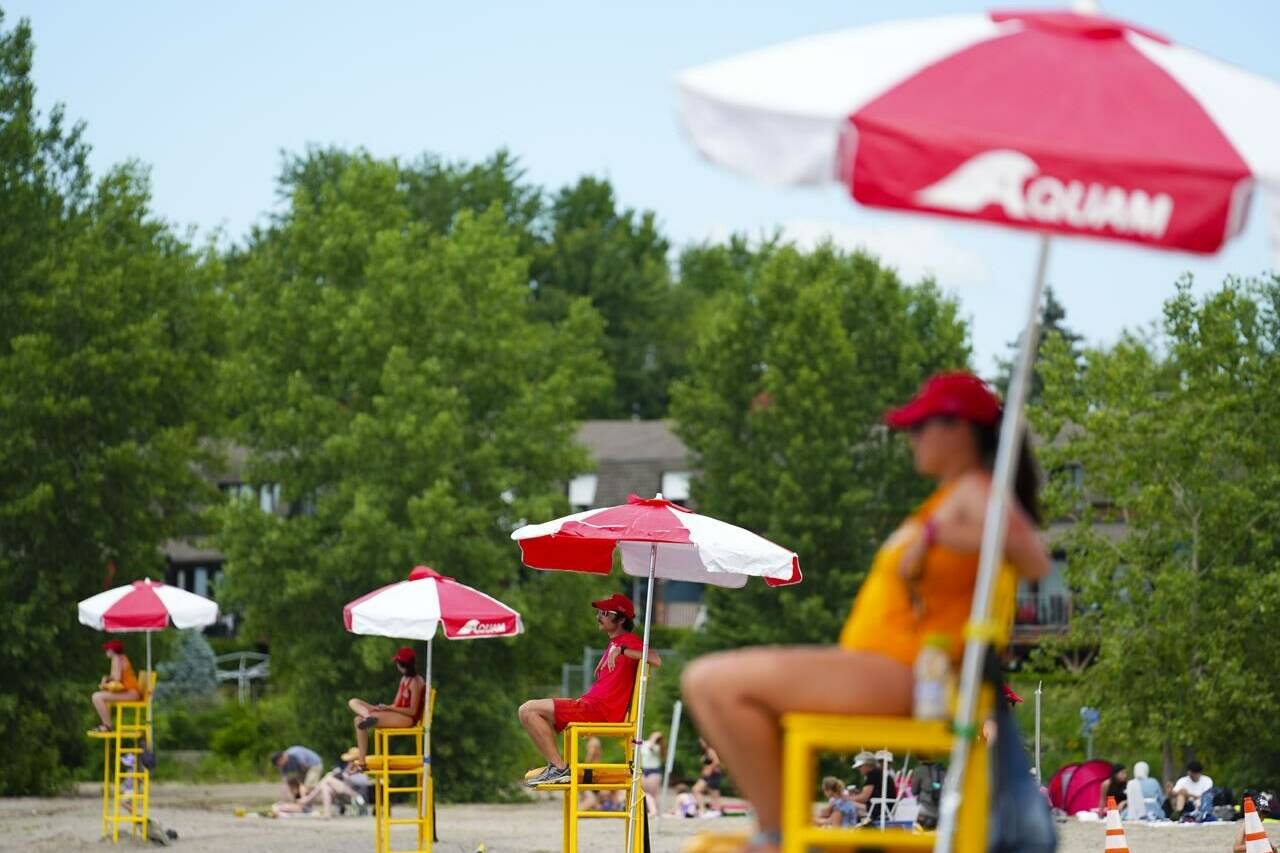Ontario is proposing to lower the minimum age for lifeguards to 15, in part to address staff shortages many municipalities experienced last summer.
Regulations in the province’s Health Protection and Promotion Act currently say all lifeguards, assistant lifeguards, aquatic instructors and coaches must be at least 16 years old. But a few years ago the Lifesaving Society lowered its age requirement for the national lifeguard certification to 15, and the government is looking to better align its rules with the training course.
The move is also meant to address staffing shortages and allow for more youth employment, the government says in a posting on its regulatory registry for public consultation.
“The proposed change also supports greater access to lifeguard-supervised public pools and swimming lessons across the province,” the posting says.
Stephanie Bakalar, corporate communications manager for the Lifesaving Society Ontario, said if a 15 year old meets all the requirements of the society’s national lifeguard certification, they are ready to work.
“We know that our programs account for maturity and judgment, which is necessary to be a lifeguard,” she said in an interview.
“So our lifeguards and instructors have to show physical, cognitive and emotional maturity and we’ve designed our program to account for that.”
Not every person, regardless of age, will necessarily start working right away as a lifeguard, but Bakalar said numbers of certifications are up, and allowing 15 year olds to work as lifeguards will be a “good step” toward addressing staff shortages.
Last summer, as with so many other sectors, lifeguarding saw pandemic-induced staffing crunches. COVID-19-related closures meant the Lifesaving Society couldn’t run its certification courses, so the flow of new lifeguards dried up and some lifeguards moved onto other opportunities during the pandemic.
In Toronto at the start of the outdoor swimming season last summer, the city had only secured two-thirds of the lifeguards it needed. It also had to cancel 169 swim courses because it could not find enough instructors. Other municipalities and provinces also reported shortages.
The city says that while specific numbers for this year aren’t yet available, it has seen a “positive response to its diligent and sustained recruitment efforts over the past several months.”
Bakalar said municipalities and other swim programs have been getting “creative” in their recruitment efforts, such as targeting retired swimmers and stay-at-home parents who can fill trickier daytime slots.
The number of lifeguard certifications are still down about 20 per cent from 2019 levels, but they have been rebounding quickly since the lowest levels in 2020, Bakalar said.
Being able to keep pools open and run swimming lessons is vital for water safety, Bakalar said.
“Learning to swim is an essential skill to prevent drowning and the Lifesaving Society’s mission is to prevent drownings in Canada,” she said.
“So we want all people to take traditional swimming lessons, at a minimum take survival swimming lessons called Swim to Survive. These are things that are going to keep your family and yourself safe.”
Ontario’s minimum age proposal is open for public comment until April 28.
READ ALSO: Out of the pool: Why some B.C. communities are struggling to staff lifeguards
Allison Jones, The Canadian Press

